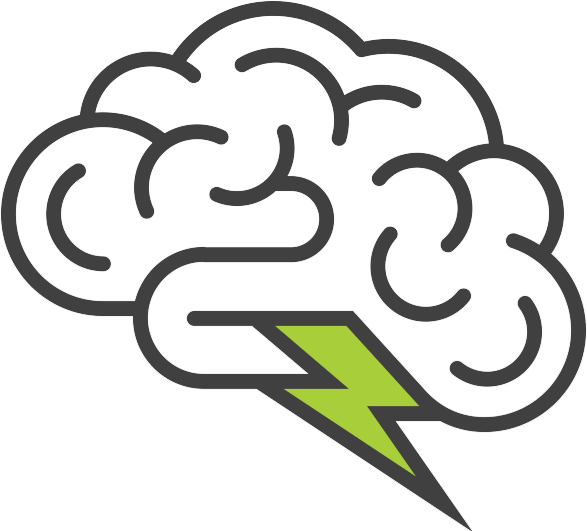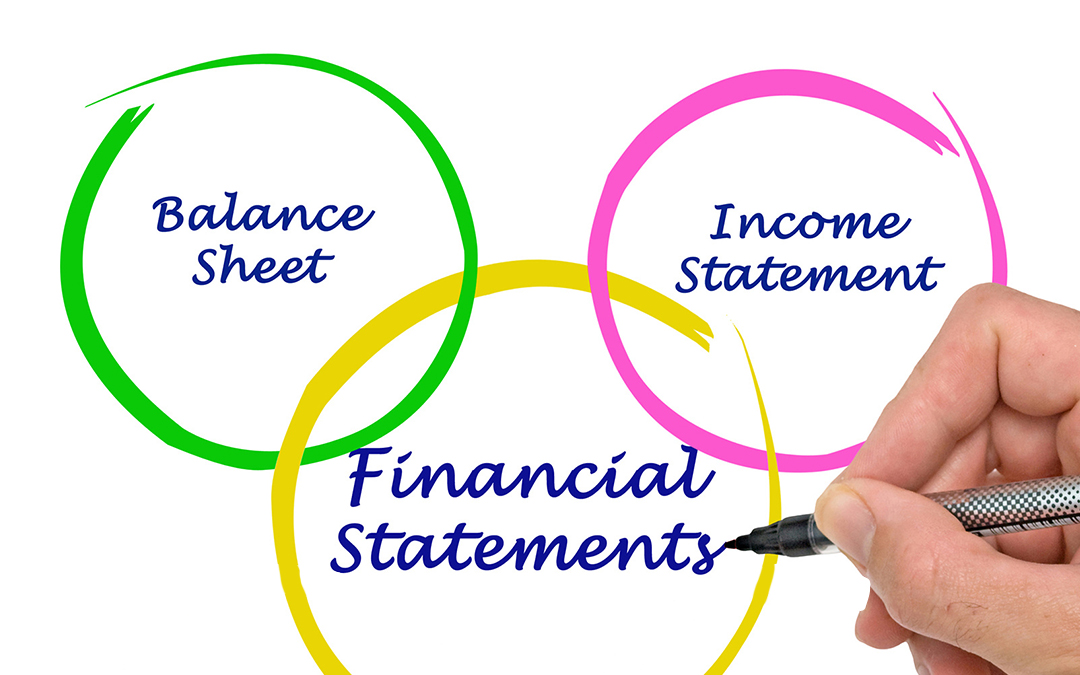What’s the Difference Between A Balance Sheet & A Profit & Loss Statement?

I recently started my own event company after 16 years working as an in house planner. My accountant sent me over an Income Statement & a Balance Sheet. Do I really need to understand both documents?
Overview
Yes. Think about financial statements as gauges on your car’s dashboard. The speedometer is like your Income Statement (also called a Profit and Loss Statement). It tells you how fast you’re going, or how much money your business is making. The gas gauge is like your Balance Sheet; running out of gas is just as critical as running out of money in the bank. In general, you don’t need to understand the mechanics behind the dials, but you should know what the dials are telling you.
Income (or Profit & Loss) Statements Explained
A P&L is a lot like a paycheck. You start out with gross income, back out some expenses (e.g. taxes), and whatever is left at the end is your net.
Purpose: To track money you earn (income) and money you spend (expenses) in running your business. Time frame: P&L statements span a period of time, like a month, quarter or year.
Main sections:
Income or Revenue (or Turnover in the UK): What customers pay you.
Cost of Goods Sold (COGS): What it costs to produce the customer’s job. If you’re a caterer, it probably includes food, beverages, wait staff, rental equipment, etc.
Gross Profit: What you net on servicing your clients. Calculated by Income – Cost of Goods Sold. Expenses: What it costs to run the business, such as rent, salaries, marketing, etc.
Net Income (or Net Profit): Bottom line profit or loss for the company. Calculated by Gross Profit – Expenses.
Balance Sheets Explained
You might be making a great salary, but what if you owed a lot in student loans and credit card debt? The balance sheet tracks those things. Let’s say the house you own is worth $500,000, and you have a mortgage of $400,000 outstanding. The value of your house is an asset, and the amount you owe on your mortgage is a liability.
Purpose: To track your assets (what you own), and your liabilities (your debts).
Time frame: Balance sheets are a snapshot of a single point in time, and show your assets and liabilities as of a specific day.
Main Sections:
- Assets: Anything you own that you can put a price on, such as: your bank balance, any inventory, accounts receivable (money owed to you), etc. Typically broken into short term assets (like your checking account) and long term assets (like machinery or real estate).
- Liabilities: Anything you owe money on, such as: business loans, accounts payable (vendors you owe money to). Also broken into short term and long term based on when the money is due.
- Equity (Net Worth): Your assets minus your liabilities.


